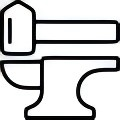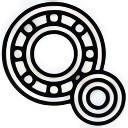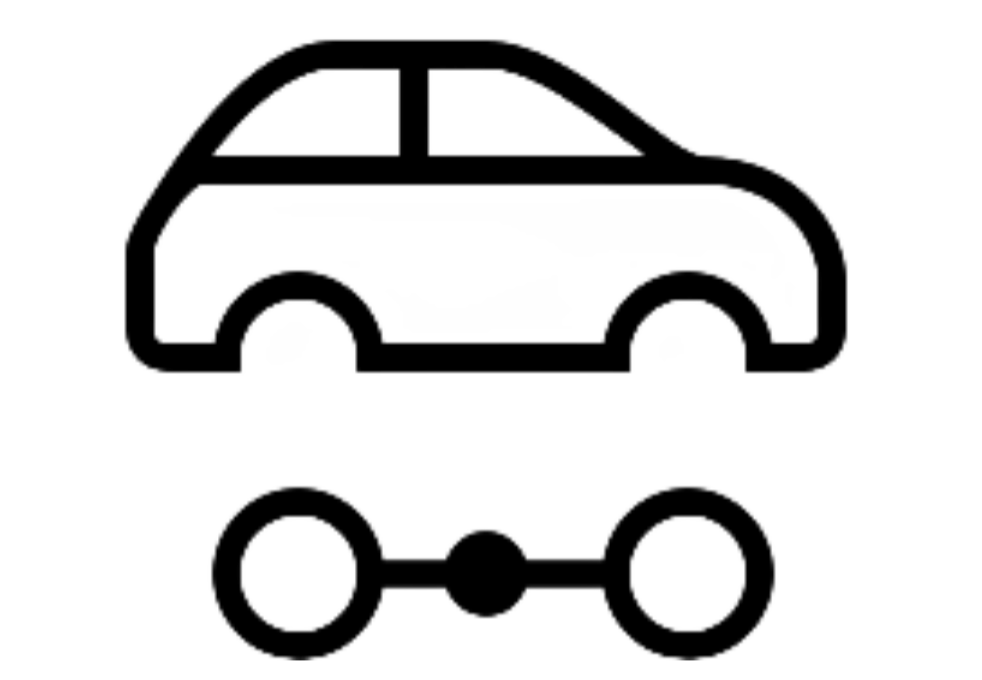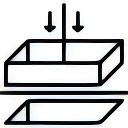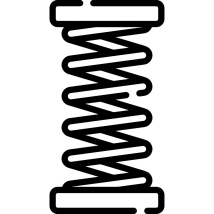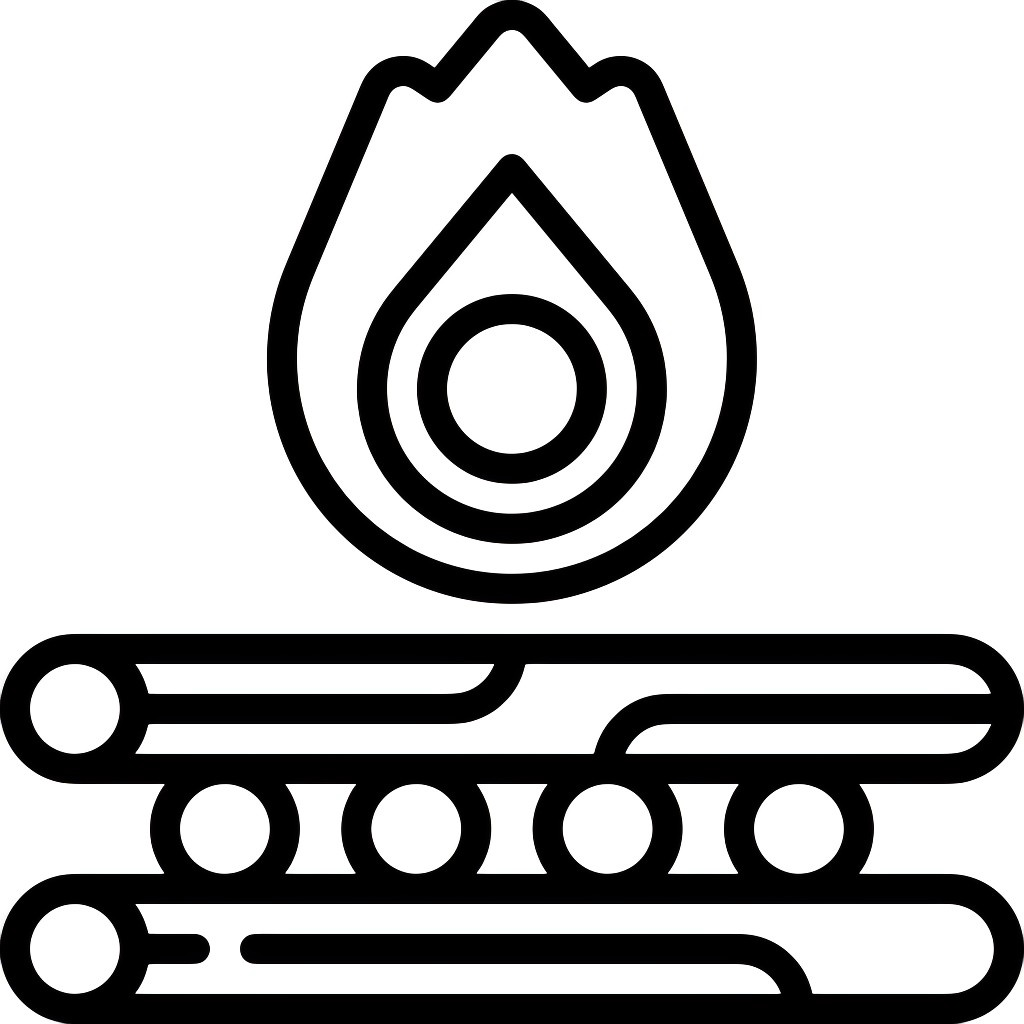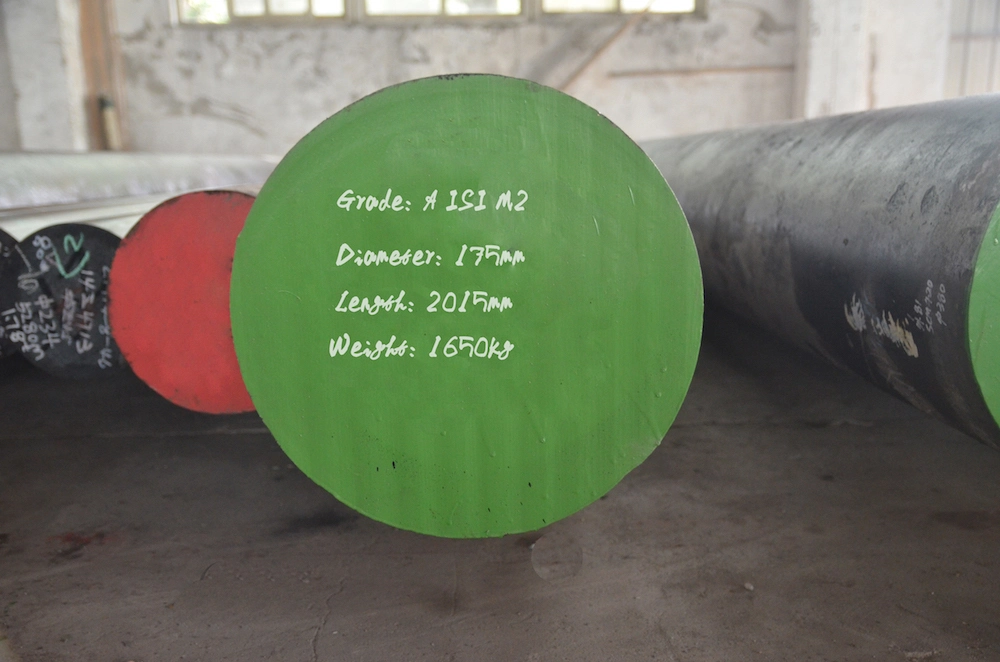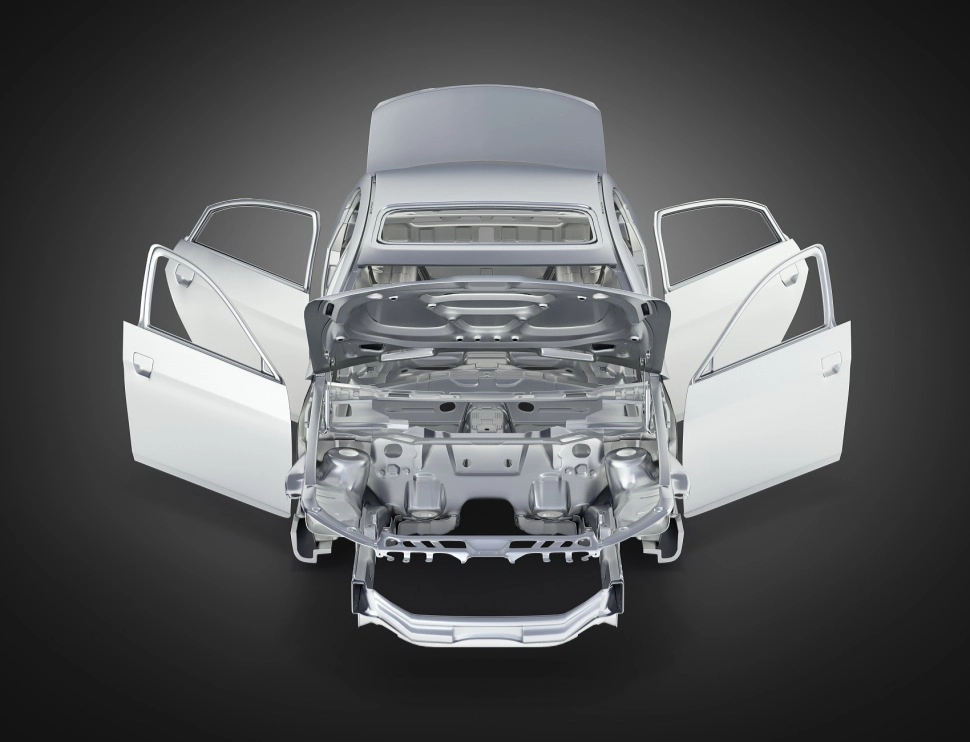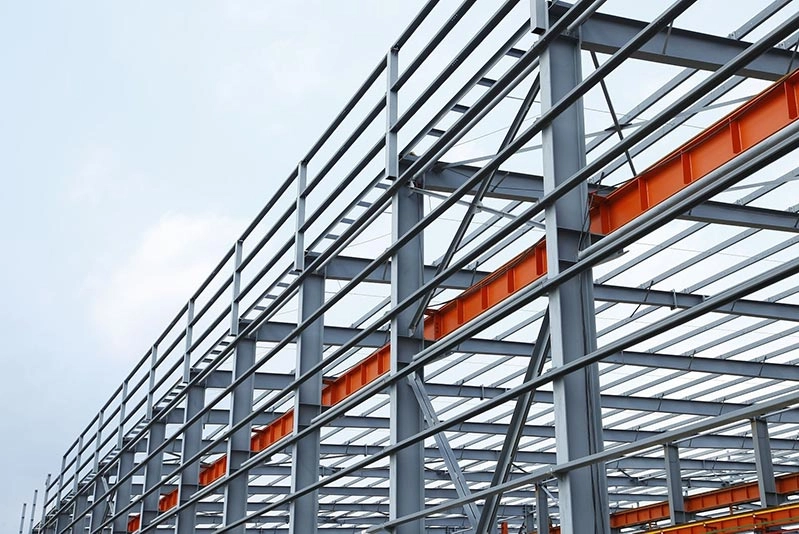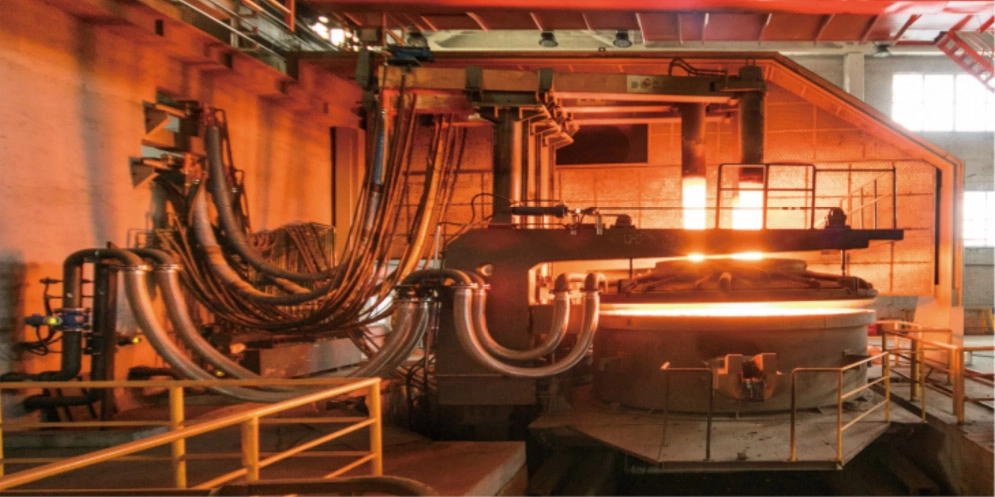
Common Grades of Steel for Cars
| Type | Grade | Purpose |
| Mild Steel | SPCC, DC01, DC04 | For general automotive panels. |
| High Strength Steel (HSS) | HC260LA, DP590 | For structural and safety components. |
| Advanced High Strength Steel (AHSS) | TRIP780, DP980 | For lightweight and crash-resistant parts. |
| Hot Forming Steel | AC1500HS | For complex shapes with high strength requirements. |
| Stainless Steel | 409, 441 | For exhaust systems and corrosion-resistant applications. |
Advantages of Automotive Sheet Metal
Design Flexibility
Automotive sheet metal offers remarkable design flexibility, allowing manufacturers to create complex shapes that meet aesthetic and functional requirements. This adaptability is essential in producing various car models with unique design elements.
High Precision
Automobile sheet metal processing reduces the details for each part and it is very precise. Slitting machines, stamping machines and other advanced machinery delivers high-precision blank production, ensuring the quality and performance of each piece produced, in most cases. Zero-accuracy slack blank manufacturing is secured by slitting machines and stamping machines with high-level processing technology.
Lightweight Construction
The use of materials like Advanced High-Strength Steel(AHSS) enables lightweight construction without sacrificing strength or safety. This approach contributes to improved fuel efficiency and reduced emissions, aligning with modern environmental standards.
Variety of Materials
A diverse range of materials, including aluminum, stainless steel, cold rolled steel, and galvanized sheets, provides options tailored to specific automotive applications. This variety ensures optimal performance across different vehicle components.
Common Types of Automotive Sheet Metal Components
Aluminum
Aluminum products such as coils, sheets, and discs cater to factory manufacturers requiring large quantities. With excellent processability and strength, aluminum is suitable for various industries within the automotive sector.
Stainless Steel
Stainless steel’s corrosion resistance makes it a preferred choice for exhaust systems and other components exposed to harsh environments.
Cold Rolled Steel
Cold-rolled steel is valued for its smooth surface finish and precise dimensions, making it ideal for visible car parts like body panels.
Galvanized Sheets
Galvanized sheets offer enhanced corrosion resistance due to their zinc coating, extending the lifespan of components such as chassis parts.
Applications of Automotive Sheet Metal
Car Body Manufacturing
Car body manufacturing has a great reliance on automotive sheet metal. It’s primarily used in body panels, doors, side panels, roof panels, longitudinal beams, cross members, chassis, and subframes. Stuff like A/B/C pillars and rocker panels that act as structural reinforcements are also made of sheet metal for vehicle integrity.
Custom Car Modifications
For enthusiasts engaging in custom car modifications, sheet metal provides the versatility needed to create bespoke designs while maintaining structural integrity.
Antique Car Restoration
In antique car restoration projects, sheet metal is indispensable for replicating original parts with accuracy. This ensures that restored vehicles retain their historical authenticity while benefiting from modern material advancements.
Sheet Metal Processing Techniques
–Slitting
Slitting involves cutting large rolls of sheet metal into narrower strips using slitting machines. This process allows manufacturers to produce materials tailored to specific widths required for different automotive applications.
–Blanking
Blanking presses are employed to cut flat pieces from larger sheets or coils. These blanks serve as precursors for further processing into finished components with precise dimensions.
–Stamping
Stamping machines shape sheet metal into desired forms through a series of dies under high pressure. This technique enables mass production of complex parts like body panels with consistent quality across batches.
Importance of Sheet Metal in Custom Automotive Products
Enhancing Material Utilization
The most essential part of automotive manufacturing is the part that can utilize the material that has the optimum point and this is the nature of sheet metal. This versatile material can be cut and formed to precise specifications, resulting in less waste and greater resource efficiency. This is important in custom automotive products as these often require specific dimensions and configurations to meet certain design specifications. This functionality is essential in custom automotive goods that necessitate tailoring due to distinct measure specifications to be met.
Reducing Vehicle Weight
Vehicle mass reductions are achieved through the use of advanced materials such as AHSS and aluminum; the mass reduction does not affect structural integrity. Reducing weight is critical for better fuel economy and lower emissions to comply with tight environmental regulations. It also contributes to performance by making the vehicles more nimble, giving better acceleration and handling.
Increasing Product Flexibility
Sheet metal is accommodating in that it can offer several alterations and designs. Its adaptability becomes especially significant when manufacturing custom automotive parts, enabling quick manufacture within the shifting rapid market demand and consumer need. This capability to manufacture many different shapes and sizes keeps custom automotive products competitive and evolving.
Promispecial® Offers Quality Automotive Sheet Metal
Expert in automotive industry-specific high-quality automotive sheet metal. Promispecial® has a wide-ranging product portfolio which ensures that every component meets the demanding specifications of current day automotive manufacturing.
Body Components
Promispecial® has a myriad of body parts made from high-quality sheet metal. It involves major, like body panels, doors, side panels roof panels, chassis (longitudinal beams, cross member), and subframes. High-strength sheet metals are mainly used for structural reinforcements (A/B/C pillars, rocker panels, etc.) for optimum vehicle integrity.
Sheet metal components related to the car body, such as the body panels that provide the exterior skin of a vehicle. Chassis components give fundamental help while wheels and suspension systems make use of sheet metal for hubs and control arms guaranteeing dependability whilst in movement. Chassis components provide a backbone, with sheet metal for hubs and control arms undergoing relatively demanding shapes to ensure stability during motion in wheels and suspension systems.
Engine Systems
Promispecial® provides sheet metal solutions in engine systems for critical parts such as engine hoods and exhaust pipes. Engine hoods serve the purpose of covering important engine components from the environment while also maintaining aerodynamics. Stainless or heat-resistant steels used to construct exhaust pipes retain their mechanical properties even at high temperatures (essential for the efficient expulsion of gases from the engine).
Safety Components
High-strength sheet metals to absorb impact energy from collisions are used to manufacture safety components like crash bars. Thus, the capacity to reduce deformation rates upon collision makes them an integral part of modern safety standards and protects occupants inside vehicles.
When it comes to safety components like crash bars which need high strength in their designs, high-strength sheet metals are used as these can absorb impact energy during a collision, and the deformation rate of high-strength steel sheet metals is high, which means less deformation (of the vehicle) upon impact thus better safety for those inside the vehicle increasing overall road safety standards today!
Promispecial® uses state-of-the-art machinery including slitting machines, shearing machines, blanking presses, stamping machines, tailor-made solutions are offered with unparalleled quality assurance to fulfill every application in the automotive industry!
FAQs About Sheet Metal for Cars
How Thick is Automotive Sheet Metal?
Automotive sheet metal has various thicknesses based on where it is used in a vehicle. Most parts are made of 18-22 gauge material and 20 gauge is often used since it provides a good point of compromise between strength and formability. In some specific applications that need stronger materials, the original plate thickness is 16 gauge.
How Does Automotive Sheet Metal Improve Fit?
Using high-precision processing methods like slitting, blanking, and stamping, each automotive sheet metal piece is cut larger than the specifications required for the part to be integrated smoothly into the assembly of the vehicle. This allows for a near-perfect fitment of the various components, which results in better airflow and noise mitigation while maintaining the aesthetics through multiple generations of the car.


